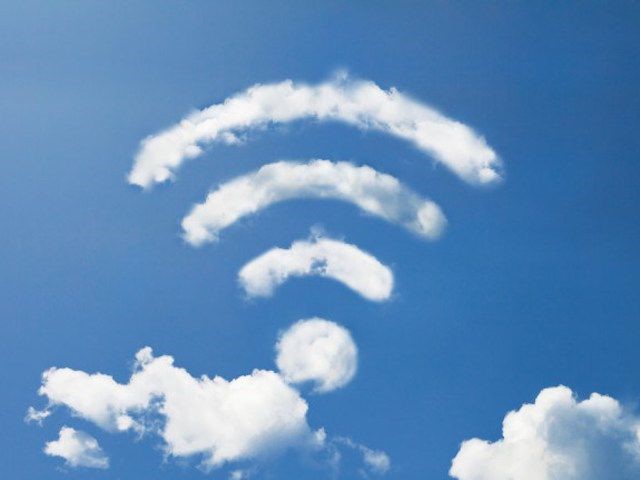
WiFi In The Sky Still Challenging, But Getting Better
We used to be so content with that heavy novel we carried on to the plane to keep our attention as we flew across the country. Or we’d check out the in-flight magazine. And if we had a really long flight, dare I say it, the SkyMall catalog. You know you thumbed through it more times than you’d care to admit.
Eventually we were able to fire up our laptops and watch a movie or read a book we had saved on it. Then WiFi happened and we all wanted to be connected at 30,000 feet.
But the speed and cost of WiFi on a plane has always left us wondering why it was so bad and so expensive.
That’s the question Washington Post writer Hannah Sampson took on recently as she looked at the state of WiFi when we fly.
Her conclusion: “The word about in-flight Internet is surprisingly optimistic – if wildly inconsistent.”
Jason Rabinowitz of ATPCO, a travel technology company says, “It really varies by region, airline, size of aircraft and where the airline is operating.”
The improvement that you may have noticed in the last few years comes from “a widespread shift from old systems that used towers on the ground to satellite-based models.” And even many of the ground-based systems are in the process of being upgraded. So there is hope.
Sampson notes that “Regional jets, which are too small to accommodate the new satellite technology, still generally operate on the slowest system. JetBlue is the only U.S. airline with free WiFi across the boards.” And of course, with each airline, “the rules about what you can do with the WiFi vary as well, and the sign-in process can be clunky.”
There are also those crazy variables of weather and a glut of planes in one area using the same satellite that can affect WiFi performance.
So for now, keep packing that novel for in-flight entertainment, just in case. We expect improvements in the future as demand continues to increase.
Back To Blog